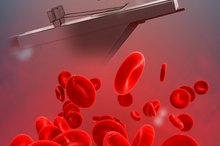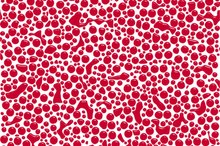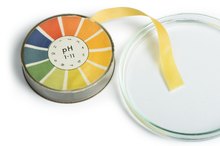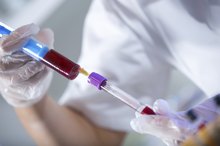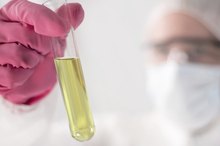What does fact checked mean?
At Healthfully, we strive to deliver objective content that is accurate and up-to-date. Our team periodically reviews articles in order to ensure content quality. The sources cited below consist of evidence from peer-reviewed journals, prominent medical organizations, academic associations, and government data.
The information contained on this site is for informational purposes only, and should not be used as a substitute for the advice of a professional health care provider. Please check with the appropriate physician regarding health questions and concerns. Although we strive to deliver accurate and up-to-date information, no guarantee to that effect is made.
What Are the Three Buffer Systems in Body Fluid?
The pH (or the amount of hydrogen ions (H+) in a solution) level of the blood is important in ensuring the proper functionality of biological systems 2. The optimal pH level of the blood is 7.4, which is maintained by three different types of buffer systems working in the body 2. The addition of an acid or a base to a substance changes its pH level. A buffer is a solution (or a substance) that has the ability to maintain pH and bring it back to its optimal value. It does this by the additional or removal of hydrogen ions. Buffers working in the body fluid adjust the pH level of the blood and function to lower pH if its level rises above 7.4 by making the blood slightly more acidic 13. If the pH of blood falls below 7.4, buffers act to take up hydrogen atoms and decrease the acidity of the blood 13.
Read more about facts about human body pH levels.
Protein Buffer Systems
Proteins are the most important and widely operating buffers in the body fluid. The protein buffer system is an integral component of the body’s pH controlling mechanism. Protein buffers are either intracellular or extracellular. Their functionality is mainly intracellular focused and include haemoglobin (Hb). Hb is the protein that functions to transport oxygen within the body. Plasma proteins function as buffers but their amount is small in comparison with the intracellular protein buffers. Protein buffers include basic group, and acidic protein buffer groups, that act as hydrogen ion depletors or donors to maintain the pH level at 7.4. The most well-known protein buffers include:
- 0.1 M NaH2PO4
- pH 6.2 (Activation buffer)
- PBS
- pH 7.4 (Alternate Coupling Buffer)
- the PBS
- 1 percent BSA
- pH 7.4 (Assay Buffer)
- Proteins are the most important and widely operating buffers in the body fluid.
- Protein buffers include basic group, and acidic protein buffer groups, that act as hydrogen ion depletors or donors to maintain the pH level at 7.4.
Phosphate Buffer System
What Substances Act As Natural Buffers?
Learn More
The phosphate buffer system is comprised of two ions: hydrogen phosphate ions and dihydrogen phosphate ions. The pH level of the blood drops below 7.4 when the H+ ions in the bloodstream increase. Hydrogen phosphate ions accept all additional H+ ions to reestablish the equilibrium between the hydroxide and hydrogen ions in the blood. When the pH level of the blood increases above 7.4, the dihydrogen phosphate ions release additional hydrogen ions to reinstate the pH level of the blood to its optimal 7.4.
- The phosphate buffer system is comprised of two ions: hydrogen phosphate ions and dihydrogen phosphate ions.
- The pH level of the blood drops below 7.4 when the H+ ions in the bloodstream increase.
Bicarbonate Buffer System
The bicarbonate buffer system functions to maintain the pH level in the blood of mammals 2. It also plays a major role in the formation of acid in the stomach, and to neutralize the pH of chyme that enters the small intestine from the stomach. The bicarbonate buffer system manages acid/base imbalances and effectively manages the release of excess carbon dioxide as a bi-product of cellular respiration.
Read more about every day uses for buffers.
- The bicarbonate buffer system functions to maintain the pH level in the blood of mammals 2.
- The bicarbonate buffer system manages acid/base imbalances and effectively manages the release of excess carbon dioxide as a bi-product of cellular respiration.
Related Articles
References
Writer Bio
Natasha Gilani has been a writer since 2004, with work appearing in various online publications. She is also a member of the Canadian Writers Association. Gilani holds a Master of Business Administration in finance and an honors Bachelor of Science in information technology from the University of Peshawar, Pakistan.

